New Zealand BusinessNZ Performance of Services Index declined from 57.1 to 53.7 in November, still above long-term average of 53.6. Looking at some details, activity/sales dropped from 61.0 to 58.1. Employment tumbled from 57.1 to 51.8. New orders/business declined from 59.6 to 57.3. Stocks/inventories fell from 56.1 to 55.0. Supplier deliveries fell from 52.0 to 47.3.
BusinessNZ chief executive Kirk Hope said: “With its sister survey the PMI again showing contraction in November and economic headwinds approaching, the easing of expansion in activity is not unexpected. Also, with the Global PSI result of 48.1 at a 29-month low, it will be a tall order for the New Zealand services sector to continue the overall trends experienced during the second half of 2022”.
BNZ Senior Economist Craig Ebert said that “November’s PSI proved, for the third month running, to be an important counterpoint to the weakening PMI. It looks as though the services industries – just like they did in Q3 – will more than make up for any weakness in manufacturing in Q4, such that GDP for that quarter manages an expansion”.




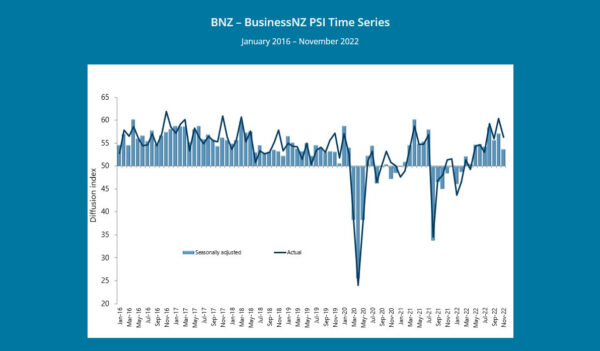

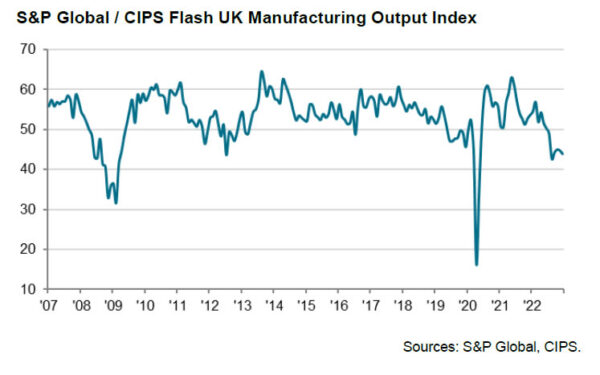
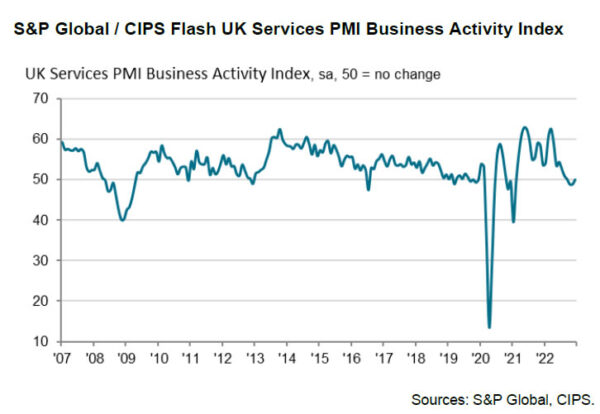
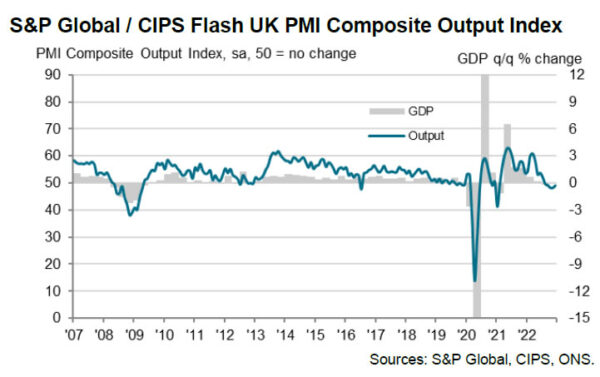
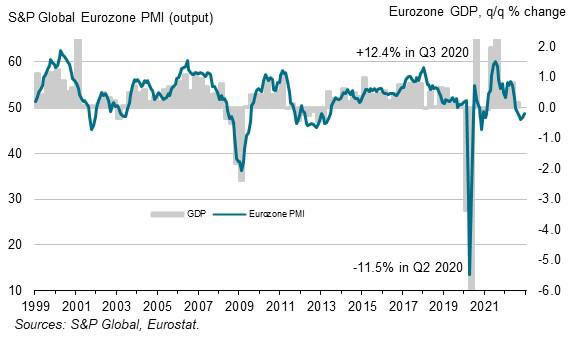
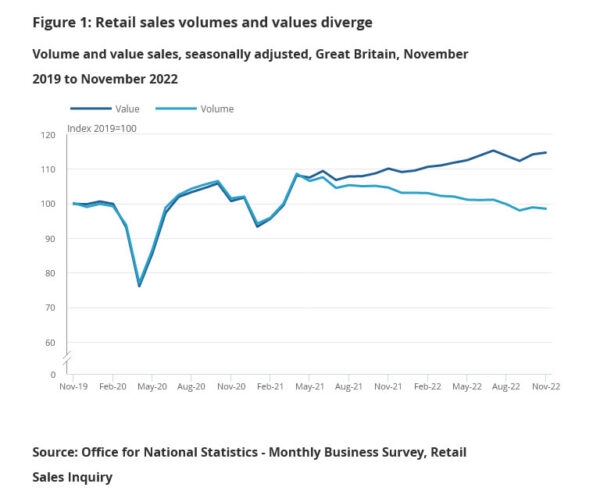
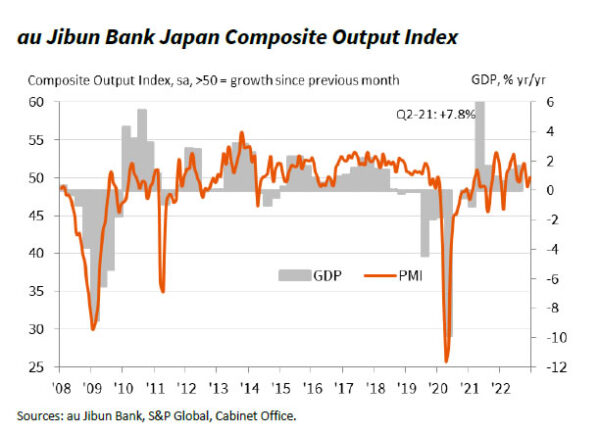
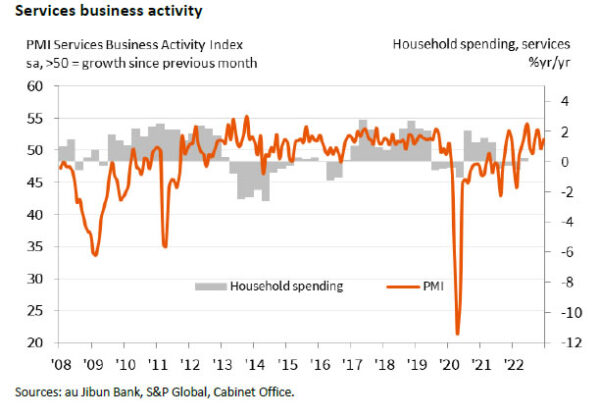
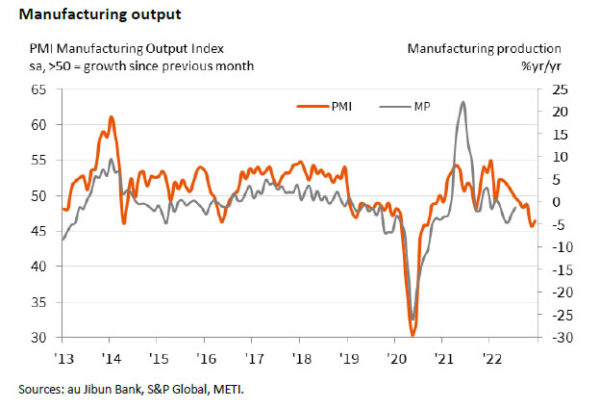
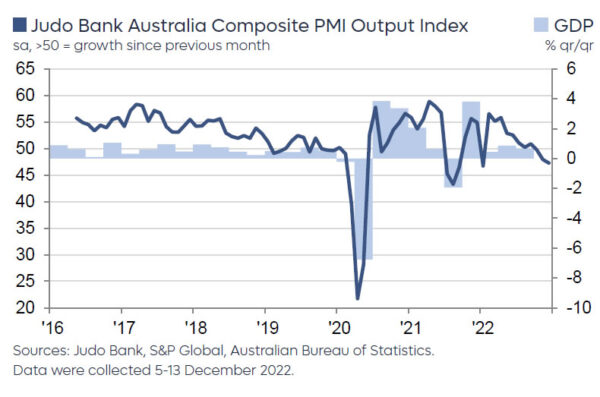
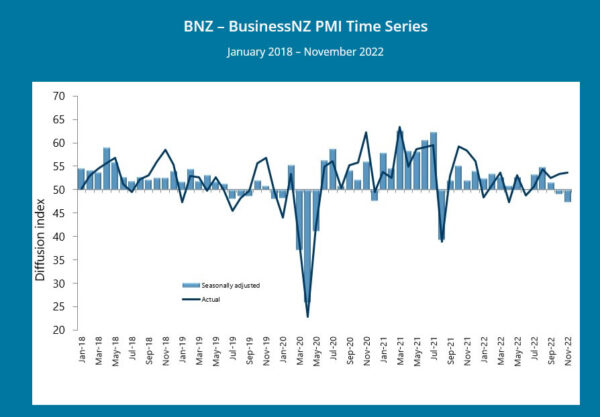
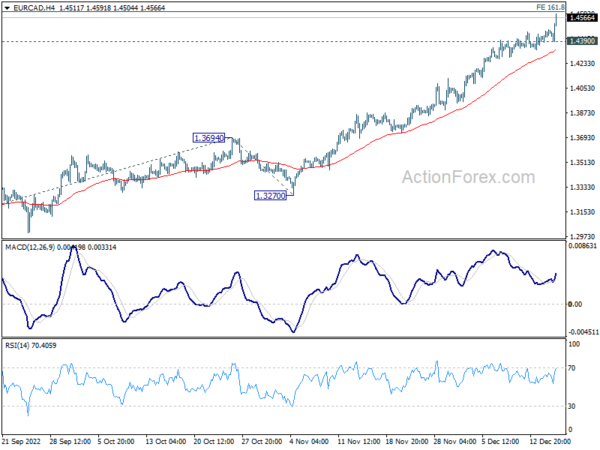
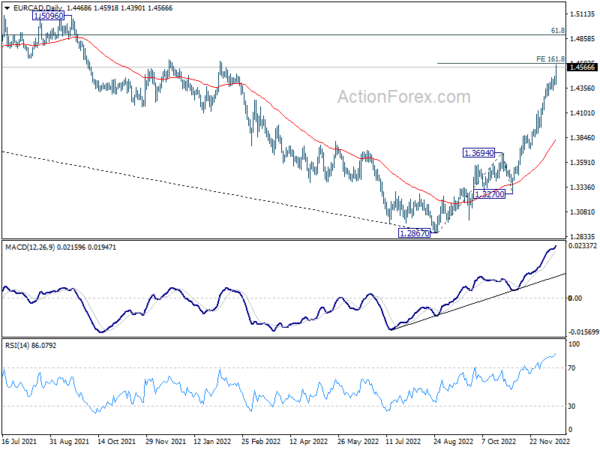
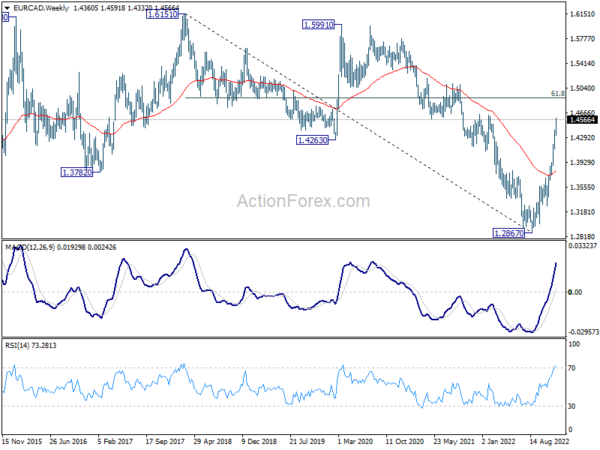

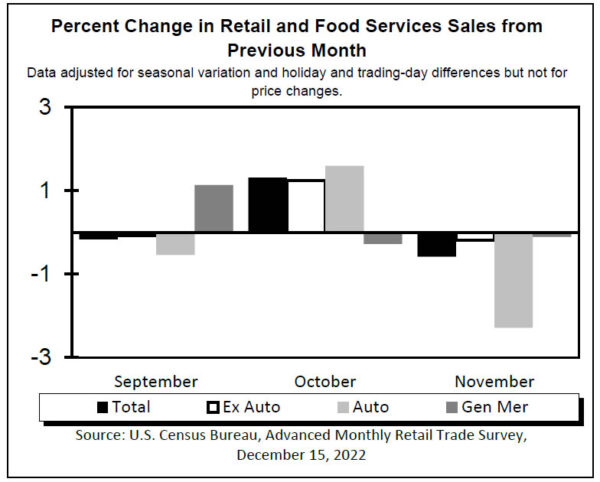
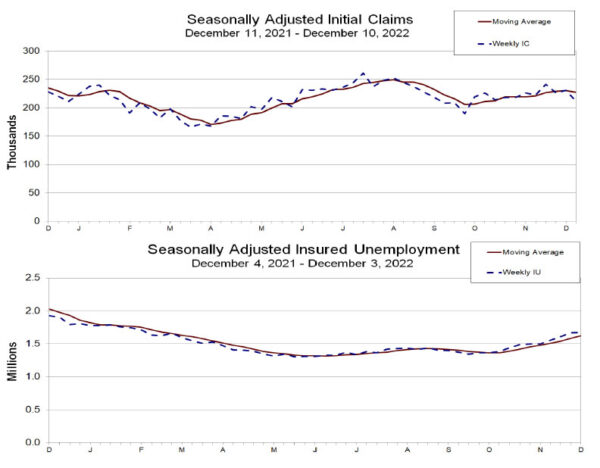
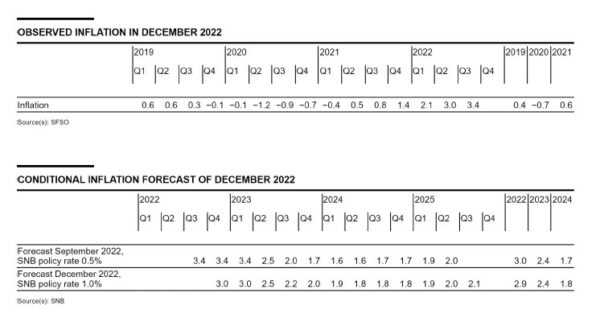

Germany Ifo rose to 88.6, entering holiday with a sense of hope
Germany Ifo Business Climate rose from 86.4 to 88.6 in December, above expectation of 87.2. Current Situation Index rose from 93.2 to 94.4, above expectation of 93.5. Expectations Index rose from 80.2 to 83.2, above expectation of 82.0.
By sector, manufacturing rose from -11.5 to -5.6. Services rose from -5.3 to -1.2. Trade rose from -26.9 to -20.0. Construction, however, dropped from -21.5 to -22.2.
Ifo said: “Sentiment in the German economy has brightened considerably. The ifo Business Climate Index rose to 88.6 points in December, up from 86.4 points (seasonally adjusted) in November. Companies assessed their current situation as better again. This comes on the heels of six consecutive falls in the indicator for the current situation. Expectations also improved noticeably. German business is entering the holiday season with a sense of hope.”
Full release here.